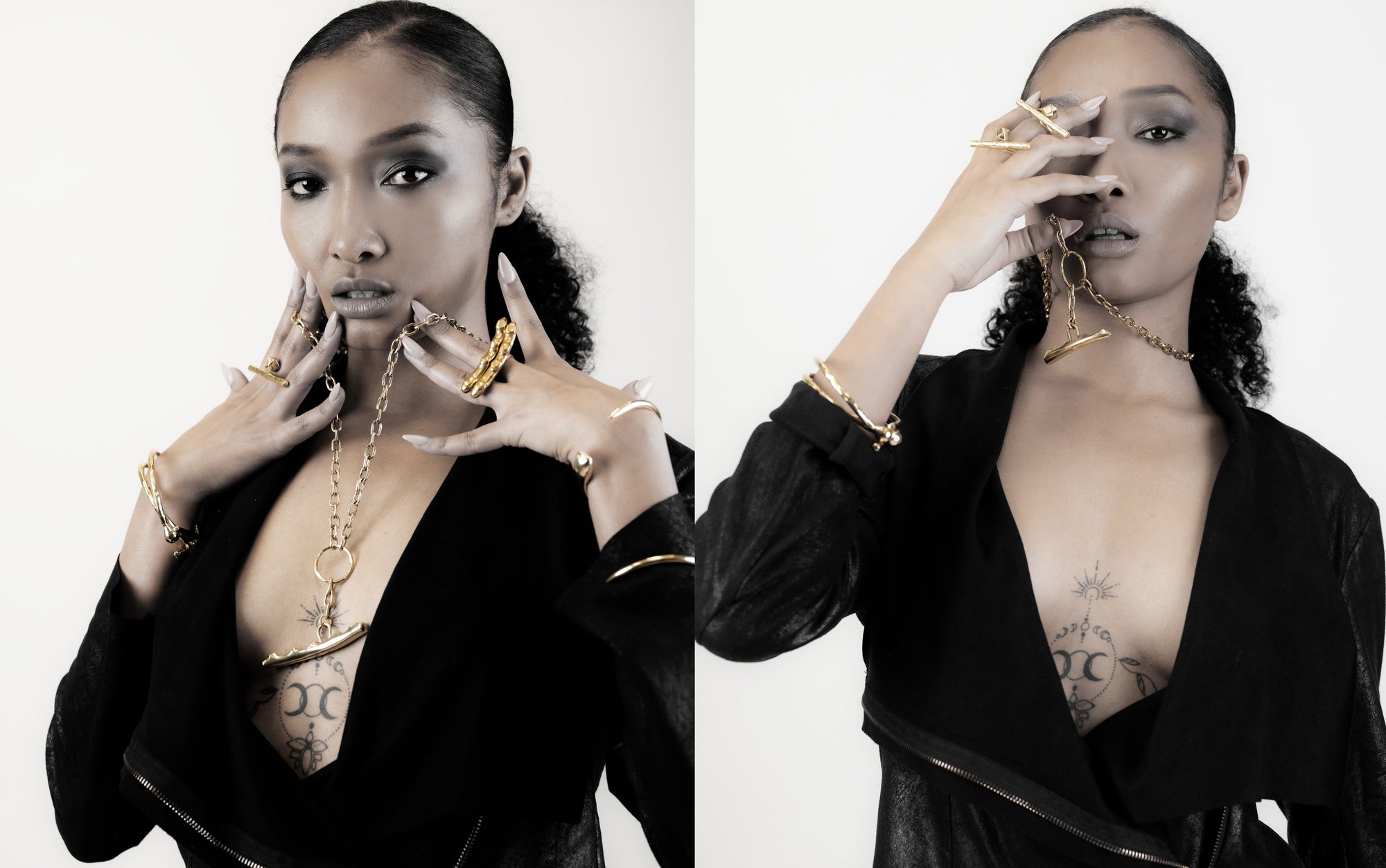Face Masks in Africa: Then Vs Now
Posted by Adele Dejak on
It’s not that it’s the new fashion, but have you ever worn a face mask prior to our new normal? If so, why? Was it for fun or for a serious purpose? If you answered yes to our question above. You are not alone. Today we take a slight dive into the history of masks in Africa throughout different cultures, uses and purposes.
Numerous cultures all over the world have traditions that can be linked with masking. This was the norm especially in Africa where there was diversity in culture and rich history of making and wearing masks.
In the 21st century, masks were mostly used for parties and entertainment purposes.
However, a quick look into African history reveals more consequential purposes for the uses of face masks. Masks were used in important rituals for ancestral worship, funeral practices, ensuring fruitful agricultural harvests and portraying various cultural myths. In the past, masking was often dictated by cultural beliefs and practices that varied from tribe to tribe. For instance, the Baule people are cultural farmers from the Ivory Coast in West Africa. They use face masks in a daylong festival of dancing and celebration called goli. The tradition was developed in 1910 after adapting it from neighbouring cultures. Similarly, the Dan people from around the Ivory Coast are known for their intricately carved wooden masks in the shape of human faces. Within the Dan culture, the masks are believed to be inhabited or powered by supernatural spirit forces called gle, and they are sacred objects used for protection and communication with the spirit world. Today these traditional masks are used as decorative pieces of art.
African masks have been an inspiration for renown artists as well as being documented in art history. Pictured below is Man Ray Kiki with an African mask that was featured in French Vogue in 1962. The picture illustrates the contrast between various aspects of life such as the modern world and traditional life. The great Picasso was inspired by African face masks. He drew inspiration from the shapes, lines and angles of African masks that has since been described by curators as a spiritual awakening. In turn, other European modernist artists including Constantin Brancusi , Amedeo Modigliani , Paul Klee and more were also significantly influenced by African art work.
Face Masks Today
It is difficult to ignore the need for face masks all over the world today. Studies show that the use of a face mask minimizes the chances of viral transmissions significantly. To survive this global pandemic and minimize the spread, everyone is advised to make use of either disposable or reusable face masks when outdoors.
Cloth masks are recommended to allow medical masks to be reserved for those at the front-lines like doctors, nurses and other essential works.
Cloth masks are natural, breathable and reusable thus environmentally friendly and there is room to play around with colours, prints and textures. To use cloth masks safely it is important to sanitize cloth face masks after every use.To sanitize a cloth mask let it soak in warm soapy water for at least an hour and wash it for at least 20-seconds sh hot water.Drying cloth masks is another important step in the sanitation process.Hang your masks in a safe space, and a quick ironing can also provide an extra heat boost. Or use a clothes dryer.
Safety should always be your number one priority but it doesn’t have to be boring. Seeing as face masks on is the new normal, lots of consumers and brands have begun to find ways to incorporate masks into everyday style.
We love the head wrap and mask combos from IKOJN with gorgeous African wax print, our personal favourite. Another designer on our list is Akese Stylelines . Her creations put a modern twist on the traditional African Ankara, which is characterized by vibrant colors and patterns.The prints from Lila Bare and Doreen Mashika also caught our eye as well as the structure and attention to detail.
Whatever face mask you choose to go for, remember to stay safe and stylish.













